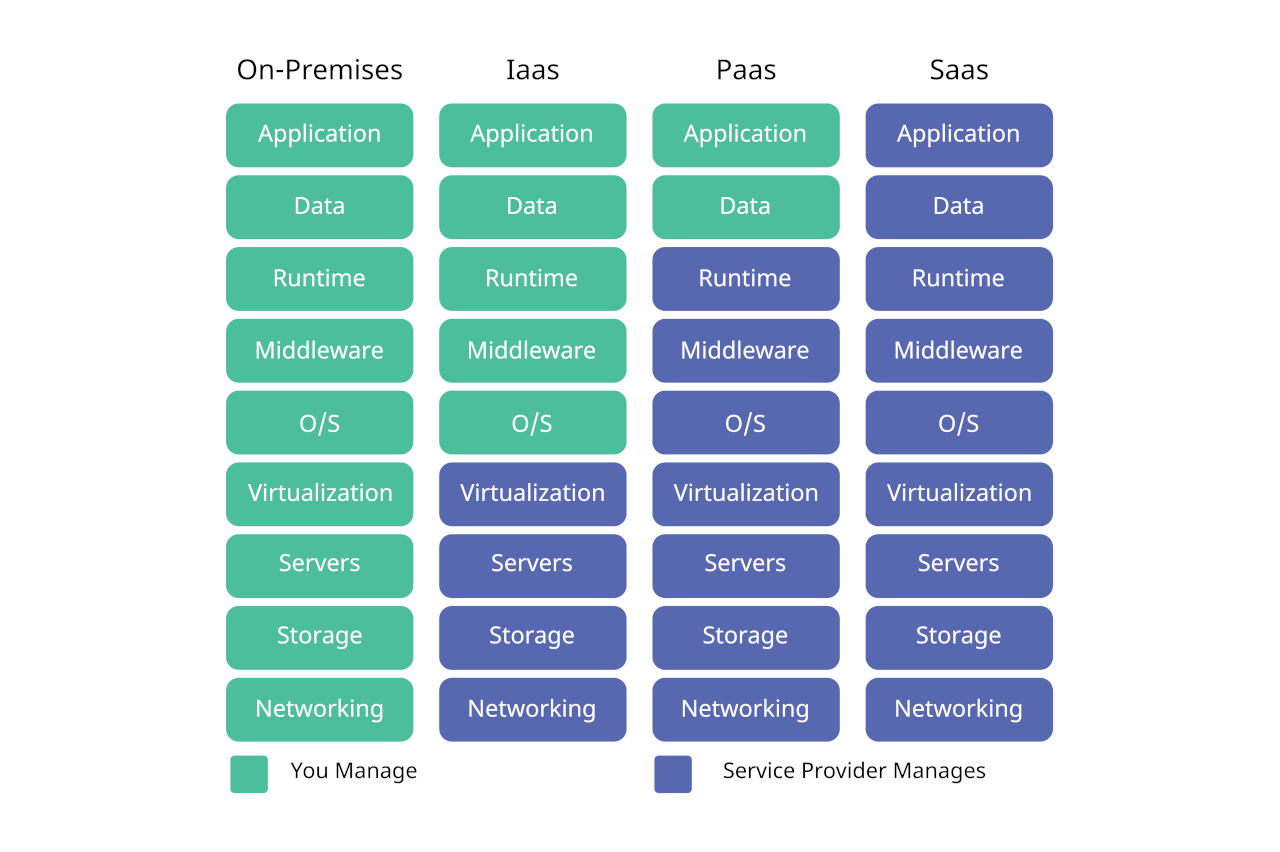Effective IT staffing plays a crucial role in ensuring the success of your company. To ensure the right talent is hired and integrated into IT projects seamlessly, collaboration between HR, hiring managers, and CXOs is paramount. In this post, we explore the power of collaboration among these key stakeholders in your company and how they can work together to achieve effective IT staffing for the organization.

1) Aligning Goals and Objectives:
The first step
towards effective IT staffing is aligning goals and objectives
among HR, hiring managers, and CXOs. This requires open and
transparent communication to establish a shared understanding of
the organization's strategic direction, IT project requirements,
and talent needs. By aligning their goals, these stakeholders can
work towards a common vision and ensure that the right talent is
acquired to support the company's growth.
2) Collaboration in Job Analysis and Requirements
Gathering:
HR, hiring managers, and CXOs
should collaborate closely during the job analysis and
requirements gathering process. HR brings their
expertise in talent acquisition and workforce planning, while
hiring managers provide insights into the specific skills and
qualifications required for the IT roles. CXOs contribute their
strategic perspective, ensuring that the staffing decisions align
with the organization's overall business objectives. By working
together, these stakeholders can define comprehensive job
descriptions and specifications that attract the most suitable
candidates.
3) Leveraging HR's Expertise in Talent Acquisition:
HR
plays a crucial role in identifying, attracting, and
assessing top IT talent. They have access to various recruitment
channels, including job boards, professional networks, and
recruitment agencies. Collaborating with hiring managers and
CXOs, HR can develop effective sourcing strategies
and tailor recruitment campaigns to target the desired skill
sets. By leveraging HR's expertise in talent acquisition,
you can optimize your recruitment efforts and ensure a
steady influx of qualified candidates.
4) Effective Selection and Interview Processes:
Hiring
managers and HR should work hand in hand to design
and implement effective selection and interview processes. Hiring
managers bring their technical expertise and firsthand knowledge
of the team's dynamics, while HR professionals contribute their
knowledge of best practices in candidate assessment and
compliance. By combining their strengths, they ensure a
thorough evaluation of candidates' skills, cultural fit, and
potential for growth, resulting in better hiring decisions.
5) Collaborative Decision-Making:
Collaboration
between HR, hiring managers, and CXOs should extend to the final
decision-making process. By engaging in collaborative discussions
and considering multiple perspectives, organizations can make
informed decisions that align with their long-term strategies.
Hiring decisions should not be solely based on technical skills
but should also consider factors such as cultural fit, potential
for growth, and alignment with the organization's values.
6) Onboarding and Integration:
Once candidates
are hired, the collaboration between HR, hiring managers, and
CXOs should continue into the onboarding and integration phase.
HR professionals can design comprehensive onboarding programs
that facilitate a smooth transition for new hires, while hiring
managers and CXOs can provide the necessary guidance and support
to ensure their successful integration into the organization and
the IT projects they will be working on.
Summary:
Effective IT staffing at tech firms requires close
collaboration among HR, hiring managers, and CXOs.
By aligning goals and objectives, collaborating in job analysis
and requirements gathering, leveraging HR's expertise in talent
acquisition, implementing effective selection processes, and supporting onboarding and
integration, organizations can achieve successful IT staffing
outcomes. When these key stakeholders work together, they create
a synergy that leads to the acquisition of top IT talent, the
successful execution of projects, and the overall growth and
success of the organization.













